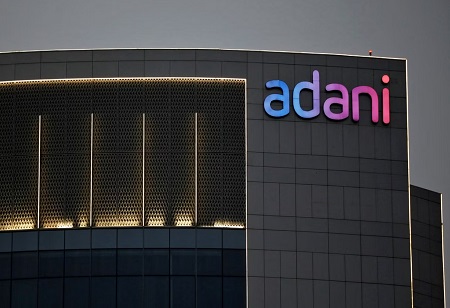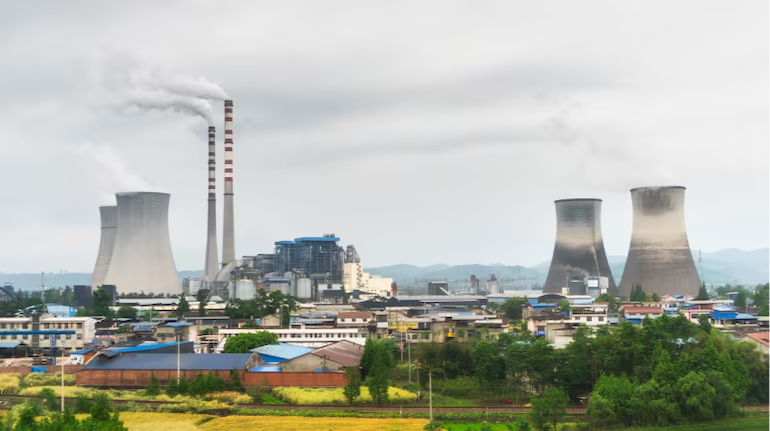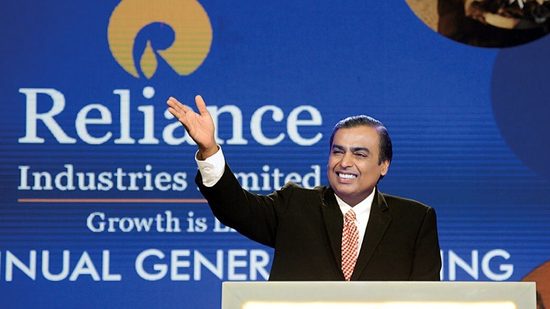
Adani Wilmar has emerged as the highest-performing IPO of 2022, with post-listing returns of more than 155%.
According to Prime Database statistics, Adani Wilmar, which debuted in January this year, returned 15.30% on the day of listing and 155.59% as of the 21 December market price.
Venus Pipes returned 128.53 percent after listing, Hariom Pipe Industries returned 112.58 percent, and Veranda Learning returned 93.80 percent.
LIC had a negative return of 26% after listing, Delhivery had a negative return of 31%, and Inox Green Energy had a negative return of 26%.
In terms of listing day performance, DCX Systems had the best return of 49.18 percent, followed by Harsha Engineers at 47.24 percent and Hariom Pipe Industries at 46.86 percent.
According to Pranav Haldea, Managing Director of Prime Database, all IPOs that received the requisite subscription were successful. Even if an IPO is subscribed to only once, it demonstrates that there was sufficient demand for the IPO at that price. According to Haldea, after the IPO, they are like any other publicly traded business, and their performance is determined by the economy, industry, and company performance.
According to Keyur Majmudar, Managing Partner of Bay Capital, IPO enthusiasm in 2022 has been appropriately restrained compared to the previous year. Because of the macro backdrop and geopolitical circumstances, several IPOs slated for the beginning of the year were postponed further into the year. Despite the hurdles, investors continued to hunt for fairly priced IPOs, and several IPOs have gotten favorable responses since the middle of the year. While investor appetite was positive for certain firms, it was mostly negative for internet-based and digital-first enterprises.
According to Motilal Oswal Broking and Distribution, India outperformed global markets in 2022, despite various global headwinds such as high inflation, rising interest rates, currency volatility, geopolitical uncertainty, and an assault of FII selling.
This resilience has been driven by a number of structural tailwinds, putting India in a favorable light on the global stage.
Despite a roller-coaster ride, the Nifty gained 7% (as of December 12th) for the year, compared to a 10-20% drop in other global indexes. In fact, it reached a new life high of 18,888 on November 22. The Nifty Midcap index has also stayed sturdy, gaining 7% per year so far.
However, the Nifty Smallcap index took the worst hit, falling -11 percent. PSU banks were a glaring exception, with a 72% gain in the year to date, according to the research.
Whereas the rest of the globe is confronting several issues, India stands out like an oasis in the desert. Domestic flows have been strong, and FIIs have now become purchasers. The Nifty now trades at a 1-year forward P/E of 20x, which we believe is reasonable.
Global issues such as recessionary fears, geopolitical dangers, and growing Covid cases in China may keep equity markets volatile in CY23. The US Fed’s policy measures in 2023, as well as the RBI’s, would be significant, since any softening may allow markets to pick up speed.
“We expect two trends to play out in CY23, namely credit growth and capex, and hence sectors such as BFSI, capital goods, infrastructure, cement, housing, defense, and railroads may be in focus,” the report noted.
According to Anmol Das, Head of Research at Teji Mandi, 2022 might be ascribed to the resuscitation of the PSU Banking space, which has rallied more than 60%-65% above last year’s pricing, with some private sector banks that had been laggards in the earlier rally of major banks.
Although dropping steel and metal prices took away the previous year’s luster from the Metals sector, downstream businesses within the metal indices extended the rally following numerous rounds of product price increases citing the rise in commodity costs as well as supply-side issues.
Pent-up demand during the pandemic years, along with semiconductor availability difficulties being resolved, resulted in selected strong returns from the auto sector, while the lifting of all limitations for Covid resulted in a rise in consumption levels, offering ultimate relief to FMCG industries.
According to George Thomas, Fund Manager- Equity, Quantum AMC, 2022 was an eventful year in which the world economy faced the drawbacks of cheap money flow (Quantitative Easing). Global inflation reached multi-decadal highs, prompting global central banks to raise interest rates. As a result, the US Federal Reserve raised the benchmark interest rate to its highest level in 15 years.
In the middle of all of this, India emerged as an anomaly while most global markets had negative returns. The reasonably steady Indian equities market was the product of a prudent economic recovery from the pandemic shock and the rising dominance of ordinary investors.





